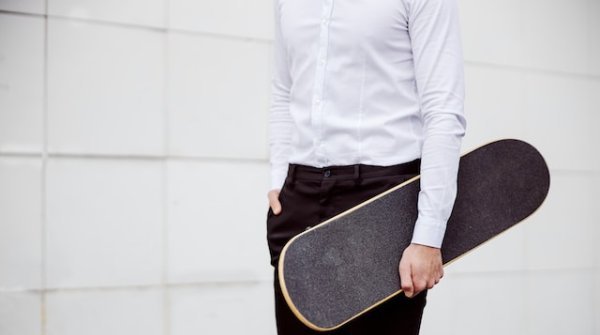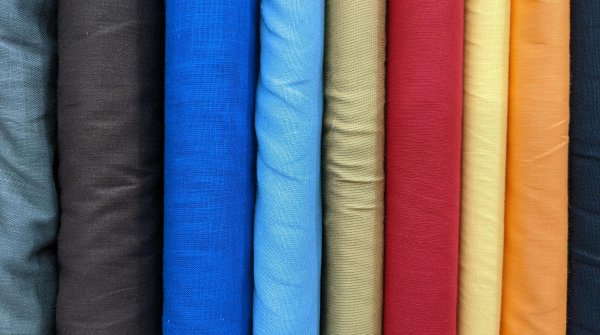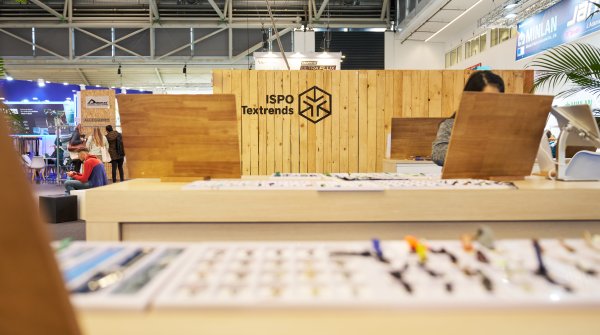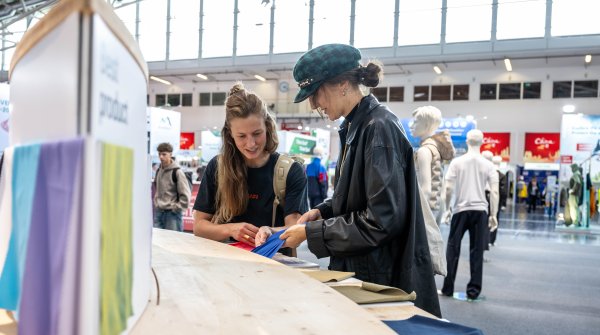At OutDoor 2024, it was clear to see that these three mega trends are already on the path to a positive future, as brands for Spring/Summer 2025 season and material ingredients for Spring/Summer 2026 at ISPO Textrends, embrace elements that will continue to evolve.
Louisa Smith is a globally recognized textile and fashion expert. Her innovative spirit and expertise make her a sought-after opinion leader in the textile industry - also in the sports and outdoor sector. She is a leading jury member for the ISPO Textrends Awards and presents them once a year at ISPO Munich. Louisa also supports the ISPO Award team with a sustainability check and checks the sustainability information of relevant products - for more transparency and real change in the sports world.
Starting with Power Up, this mega trend embraces the sustainable developments we have already achieved, the textile processes and ingredients that are here for the course. Responsible sourcing and responsible design is the lead to a more circular economy, a future towards zero waste. In today’s business climate, sustainability must not be your USP, it just must be part and parcel of the end product. And remember, don’t be a Pinocchio, greenwashing is a no! Forget it, whether deliberate or not, you will get caught out.
There is also an interesting development with ‘green hushing’ and ‘green blushing’. Green hushing describing how companies are purposely keeping quiet about their sustainability goals and achievements, and thereby normalizing the sustainable aspect. Green blushing describes a similar attitude where commendable developments are downplayed, and the modest statement is ‘we just did it’.
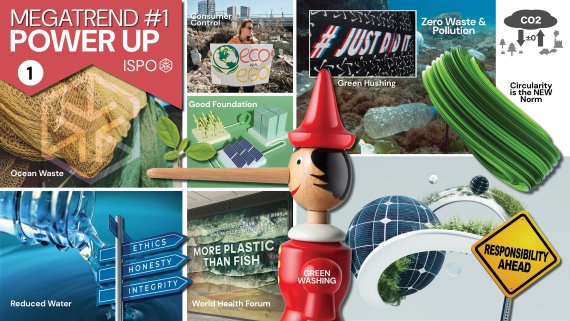
If you are buying into brands, they should inherently have a strong sustainable ethos — end of! It is a permanent part of the supply chain from fibre through to final product. Your product needs to stand out for the performance and creativity delivered — that is what should be noted in today’s market.
The shift in all sectors of the market to using reduced water, repurposing, recycling, renewable energy in the form of solar and wind at factories and responsible design is evident, and it is essential that it continues. Other growth areas include repair packs, second life options and take back schemes, a positive development towards longer life products and the circular economy.
This mega trend also encourages a need for common sense, something you would think would be readily available, but amazingly it isn’t. Communication to the consumer is king, but it has to be simple. They don’t want a white paper about a product, they want clear and concise communication, if any, that the brand they are buying into are doing their very best.
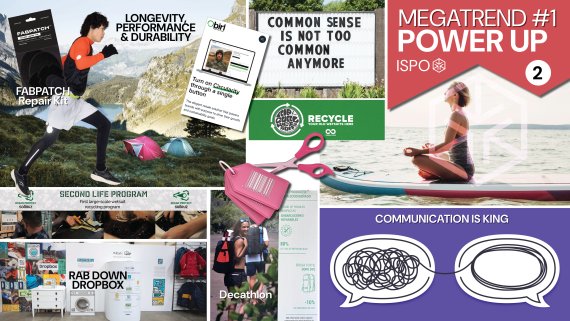
One clear attribute of OutDoor 2024 was the fact that we are a community, a collective, with a shared passion for the great outdoors. With so many developments happening on a digital level, we still need that human connection, a human-centredness, not just in business but in activities too. It isn’t just physical health that the sports and outdoors sector contributes too, there is also a push for mental fitness too. As we can become more isolated, our industry is perfect in connecting like-minded consumers to meet up. More brands and retailers are incorporating running clubs, ‘netwalking’ groups, store gyms and classes, allowing the consumer direct human-to-human contact combined with their chosen sport.
With AI becoming a more integral part of our lives, we still need the human touch, nothing will ever replicate the buzz, the euphoria, or the release that sporting and outdoor activities deliver. In terms of creativity, too. Social connectivity through sports continues for Spring/Summer 2026, especially with swing sports from pickle ball, tennis and golf, all sports a strong sense of self and social behavior.
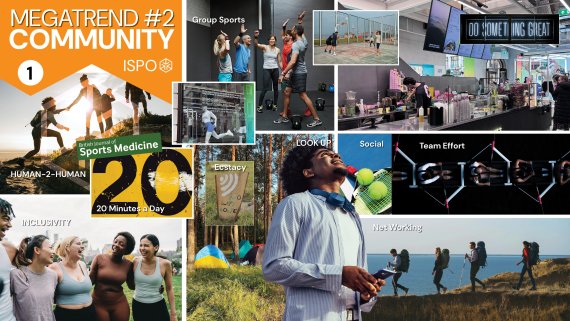
Getting consumers moving and encouraging this should also be as big a part of the marketing outlay as a brand’s latest range is. Inclusivity, is also a human factor, looking at including a wider group of individuals in meet ups at the mountains to standup paddleboarding at the sea.
The physicality that brands need was evident at the trade show, with a climbing wall, surf board pool and trail running track installed in the halls. Physicality and connection, when we have these in our lives we can balance with the deluge of AI coming our way. And, don’t forget to look up! Put the screens down and have some time out.
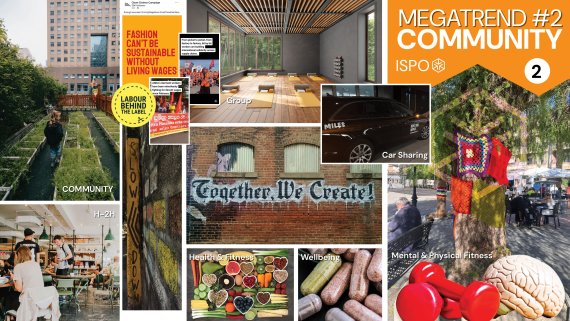
There is no escape from the speed that Industry 5.0 is moving at compared to previous industrial revolutions. It is superfast, and we have to embrace it and work it to our advantage. This is already happening at factory level with automated technology from stitching to packing and distribution, not only becoming more efficient through this, but also able to adapt to smaller volumes. Smart factories are quick to respond and alleviate the need to overproduce.
On a design levels, digitalization all aids a speedier and more efficient process, but how can we gain more benefits. This is emerging in new scanning technology, reducing returns from the consumer, especially prevalent in the footwear market. The Hohenstein Institute highlighted their new 3D torso software for sports bras. This is a pioneering approach to a highly engineered garment, that needs to offer different support in different sports.

3D printing continues to be a possibility for many products, reducing waste and manufacturing times. As 2027 looms with the Digital Product Passport, we could very easily drown in data, as the information (still unconfirmed by the EU as to what exactly is required) needs software application to proclaim the confirmed traceability and transparency combined with sustainable level of a product. This is pushing through in trims in particular, where QR codes can be easily applied to relay all the information.
Responsible design, flexibility, and diversity in the end-product combats not just overproduction, but overconsumption. Just how much do we need? Those brands that are already taking this on board are making headway, especially when offering these criteria in new ultra-light collections.

Running parallel to the leading brands shaping up the outdoors sector for Spring/Summer 2025, the textiles and trims featured at ISPO Textrends carry on the story, highlighted at the ISPO Textrends forum. One key aspect, noted by ISPO Textrends’ jury member, Braz Costa, General Manager, CITEVE, at this season’s jury meeting: “All the products have some reference to sustainability, this is now a culture!” No mean feat for an industry that was very much part of the first industrial revolution and now creating textiles in the industry revolution 5.0.
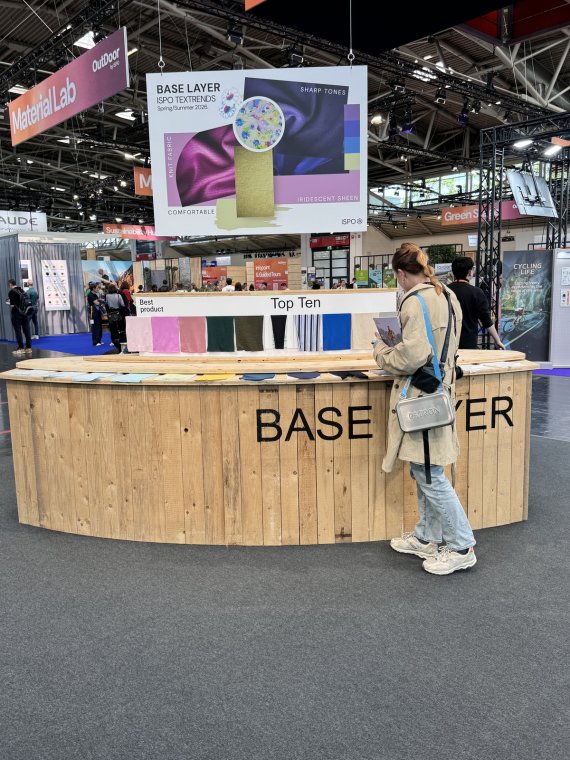
Cellulosics, both natural and man-made, continue to increase their hold in the Performance sector, with Südwolle Group awarded best product in Base Layer for a recycled wool/lyocell blend, utilizing new spinning technology to ensure a virgin wool feel against the skin. On a performance level, cool touch and UV plus gained traction for the season, complementing the traditional moisture management and anti odor.
Fabrics continue to push the weight boundaries, with incredibly lightweight performance fabrics featuring in the Outer Layer, and Membrane & Coatings sectors. This lightweight mood is already evident in market-ready product as seen at OutDoor 2024, especially in the sleeping bags and outdoors gear.
New textile proposals in terms of manufacturing processes came through, with the Soft Equipment sector really showcasing new ideas including malleable non-woven fabrics, incredibly soft compared to previous developments but with a high level of creativity. Anta, awarded best product for this sector, featured an open-work embroidered fabric, developed for the footwear sector.

All products selected for the season were sustainable and included traditional raw materials from the natural and synthetic world through to new innovations. The innovations are based on waste materials and unused resources, from pineapple to fruit waste, which can be used to produce high-performance materials. We will see more in this area in the future.
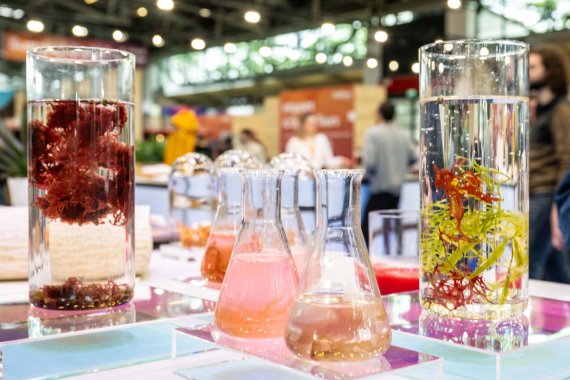
At OutDoor 2024, the need for new ingredients with less damage to the environment was showcased at the Material Lab. This forum illustrated the companies working on new ingredients for textile purposes. From cacti, mushrooms to food waste, the start of a new era is here, it just needs to scale up to deliver to the volume of the industry — but it has started to feature, and this was evident at ISPO Textrends.
With the impending Digital Product Passport, JML was awarded the Best Product in the Accessories sector for its innovative woven QR code label. Something we are all going to have to embrace in the near future in maintaining transparency and traceability, continuing our collective approach as an industry in doing the best we can.
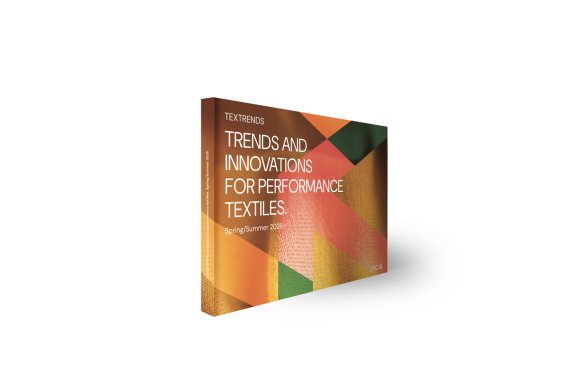
 ISPO TextrendsISPO Textrends: Colors remain in flux
ISPO TextrendsISPO Textrends: Colors remain in flux
- ISPO awards
- Mountain sports
- Bike
- Design
- Retail
- Fitness
- Health
- ISPO Job Market
- ISPO Munich
- ISPO Shanghai
- Running
- Brands
- Sustainability
- Olympia
- OutDoor
- Promotion
- Sports Business
- ISPO Textrends
- Triathlon
- Water sports
- Winter sports
- eSports
- SportsTech
- OutDoor by ISPO
- Heroes
- Transformation
- Sport Fashion
- Urban Culture
- Challenges of a CEO
- Trade fairs
- Sports
- Find the Balance
- Product reviews
- Newsletter Exclusive Area
- Magazine


